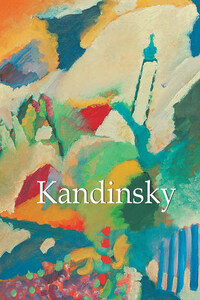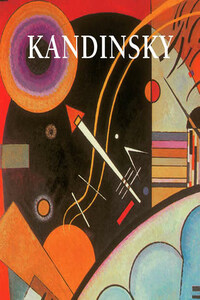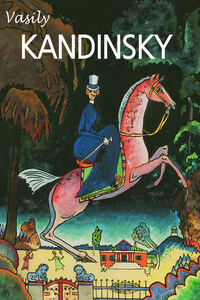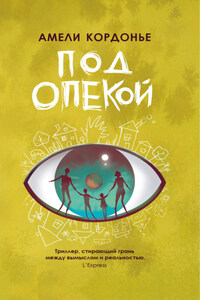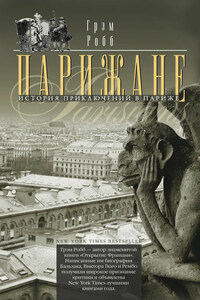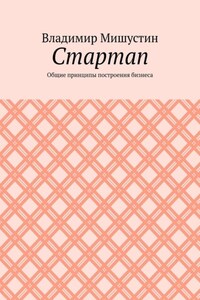Kandinsky in Berlin, January 1922.
Photograph.
Musée national d’Art moderne, Centre Georges-Pompidou, Paris.
16 December 1866: Wassily Wassilyevich Kandinsky is born in Moscow. His parents are Lidia Ticheeva and Wassily Silvestrovich Kandinsky.
1871: The Kandinsky family moves to Odessa where Wassily attends a classical grammar school and takes cello and piano lessons as well as drawing classes.
1886: He begins to study Law and Economics at the University of Moscow.
1892: He receives his Ph.D. and works as a teacher at the law faculty. He marries his cousin Anna Chimyakina. At this time he starts turning increasingly towards painting.
1896: He moves to Munich, at the time one of Europe’s art centres, to devote himself completely to art.
1897–1899: In Munich he attends the school of Anton Ažbe.
1900: Studies at the Munich Academy of Fine Arts. His teacher is Franz Stuck, then considered the best draughtsman in Germany.
1901: Kandinsky and his colleagues found the Phalanx artists’ group, which soon opens its own drawing school. Kandinsky later becomes the group’s president. During the following four years he organises exhibitions.
1902: He meets young artist Gabriele Münter, for whom he will divorce his wife in 1910. The same year he exhibits in the Berlin Secession for the first time.
1903: First solo exhibition in Moscow.
1903–1908: He and Münter undertake several journeys: Holland, Tunisia (Kairouan), France (Paris), Russia, Italy (Rapallo), Germany (Dresden and Berlin). They move into a house in Murnau, Bavaria in 1908.
1904: Two solo exhibitions in Poland. His work is shown at the Salon d’Automne in Paris.
1909–1910: Kandinsky founds the Munich New Artists’ Association (Die Neue Künstlervereinigung München). Kandinsky spends autumn and winter of 1909 in Russia, where he exhibits fifty-two works at the “International” Salon in Odessa and participates in an exhibition of the Knave of Diamonds group.
1911: Together with Franz Marc, Kandinsky founds The Blue Rider (Der Blaue Reiter).
Piper Verlag publishes Kandinsky’s first important written work, Über das Geistige in der Kunst (Concerning the Spiritual in Art), the first theoretical base for abstract art.
1914: At the outbreak of the First World War, he separates from Münter and goes back to Russia through Switzerland, Italy, and the Balkans. The couple’s last meeting, in Stockholm during the winter of 1915–1916, marks the end of their relationship.
1917: Kandinsky marries Nina Andreewskaya, aged 17. His political environment is shaped by the Russian Revolution. The Soviets are looking for Russian avant-garde artists. After the October Revolution, Kandinsky holds a number of different positions in the newly created Soviet cultural institutions. He is among the founders of INKhUK (Institute of Artistic Culture) and heads its monumental painting studio.
1918: He becomes a professor at the Russian Academy of Arts and writes his autobiography which is translated into Russian.
1920: He starts a professorship at Moscow University. The Soviets reorient towards Socialist Realism.
1921: Kandinsky and his wife leave Moscow for Berlin. He joins the Bauhaus in Weimar as a professor.
1923: Kandinsky has his first one-man exhibition in New York. The following year, together with his Bauhaus colleagues, Paul Klee, Lyonel Feininger, and Alexei Jawlensky, he organises the Blue Four group whose lectures and exhibitions reach the United States.
1925: The Bauhaus is moved to Dessau where he teaches mural painting.
1926: His essay Point and Line to Plane is published.
1928: His production of Mussorgsky’s Pictures at an Exhibition is performed at the Friedrich Theatre in Dessau.
1933: The National Socialists close the Bauhaus. Kandinsky immigrates to Paris.
1937: Kandinsky works are defamed at the “Degenerate Art” propaganda exhibition. The National Socialists confiscate 57 pieces of his work.
1940: After the German invasion of France, Kandinsky flees to the Pyrenees.
13 December 1944: Kandinsky dies in Neuilly-sur-Seine, France.
